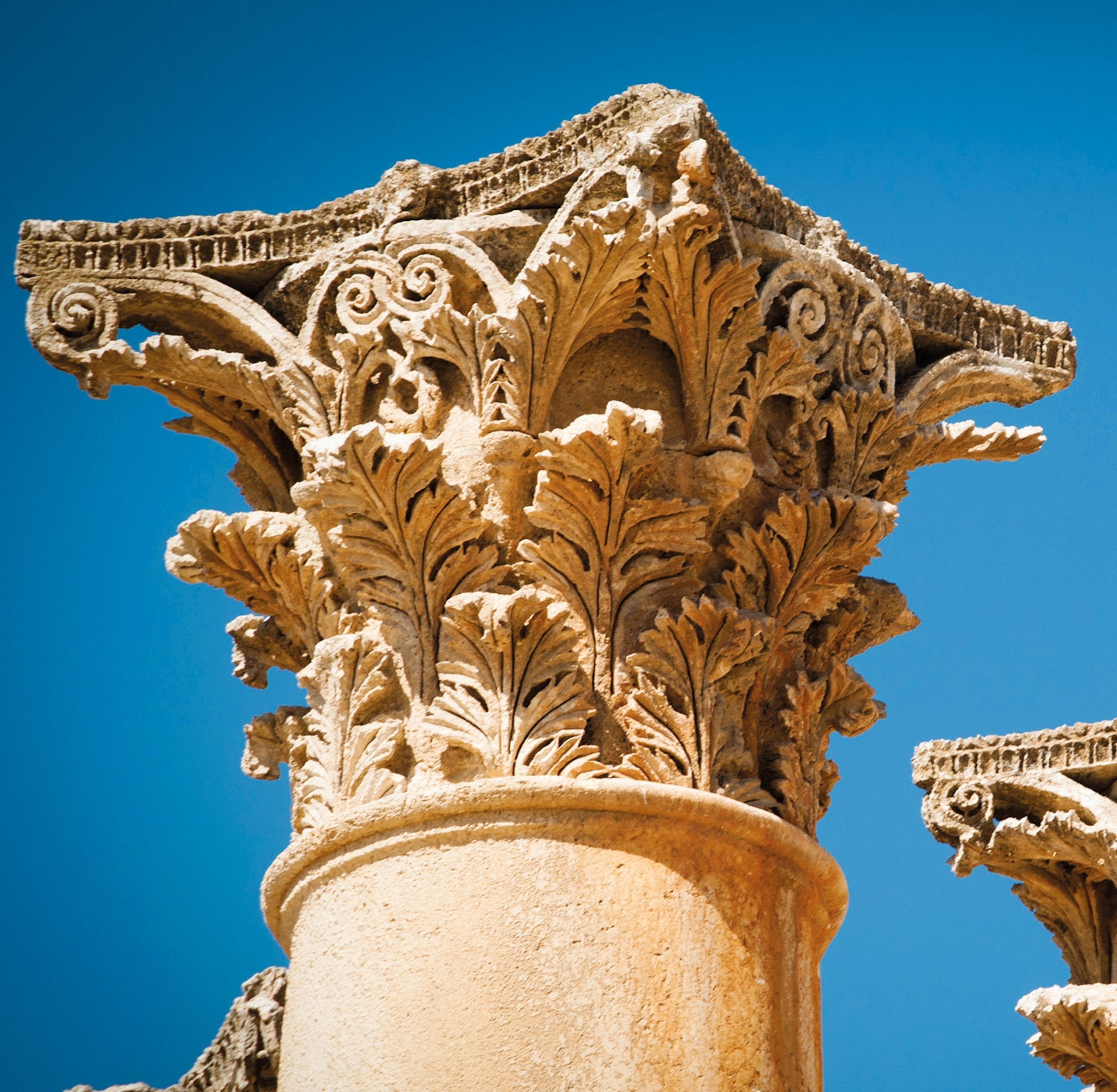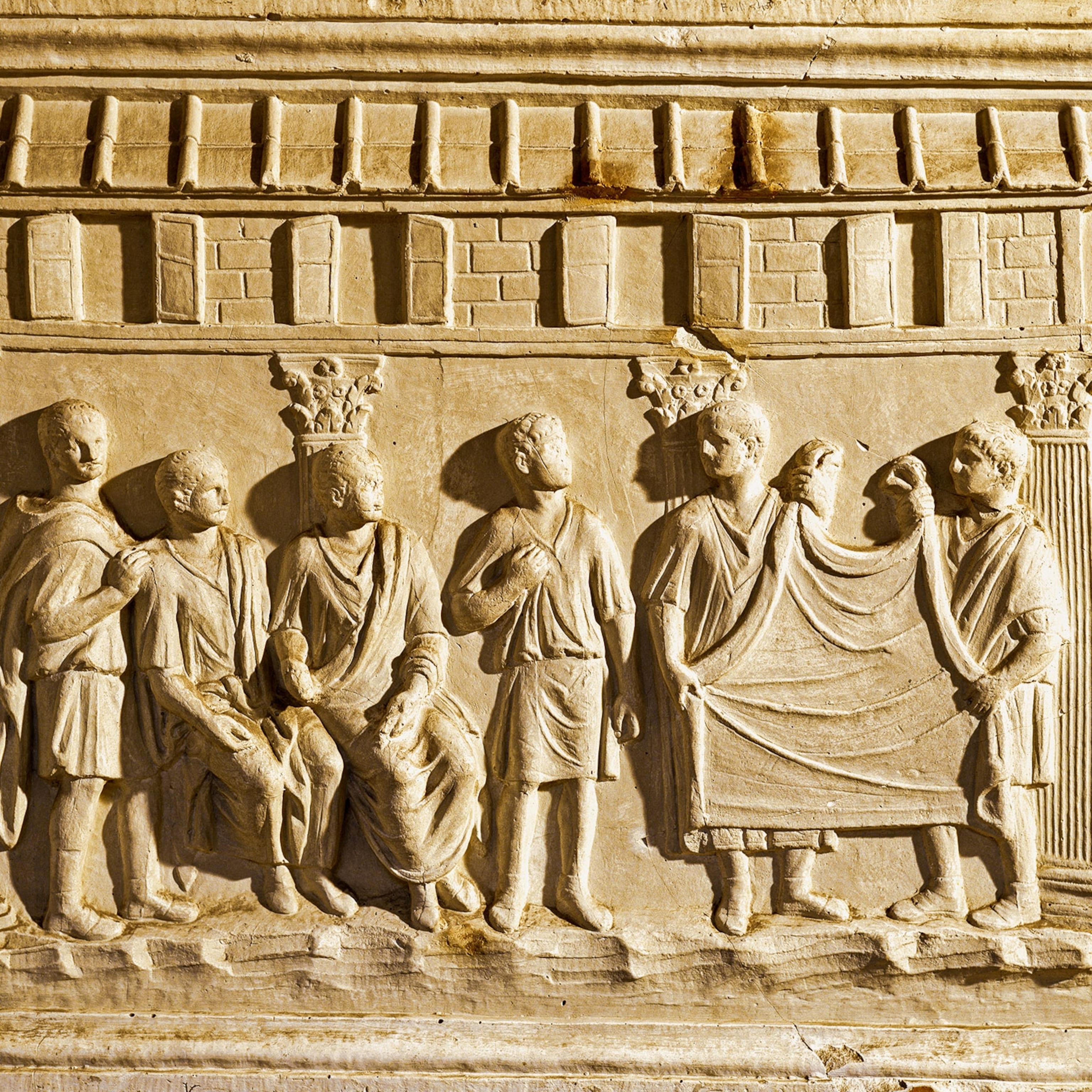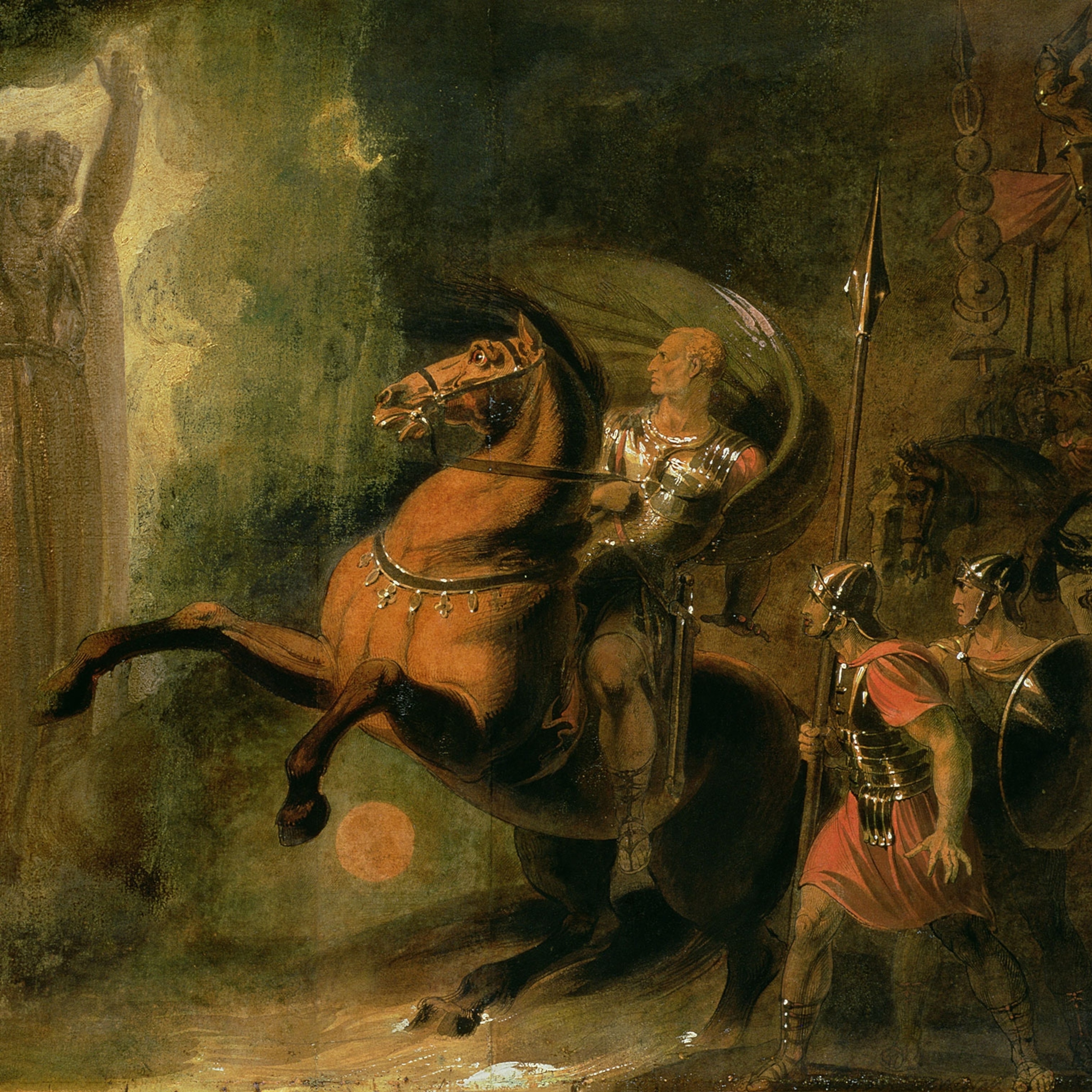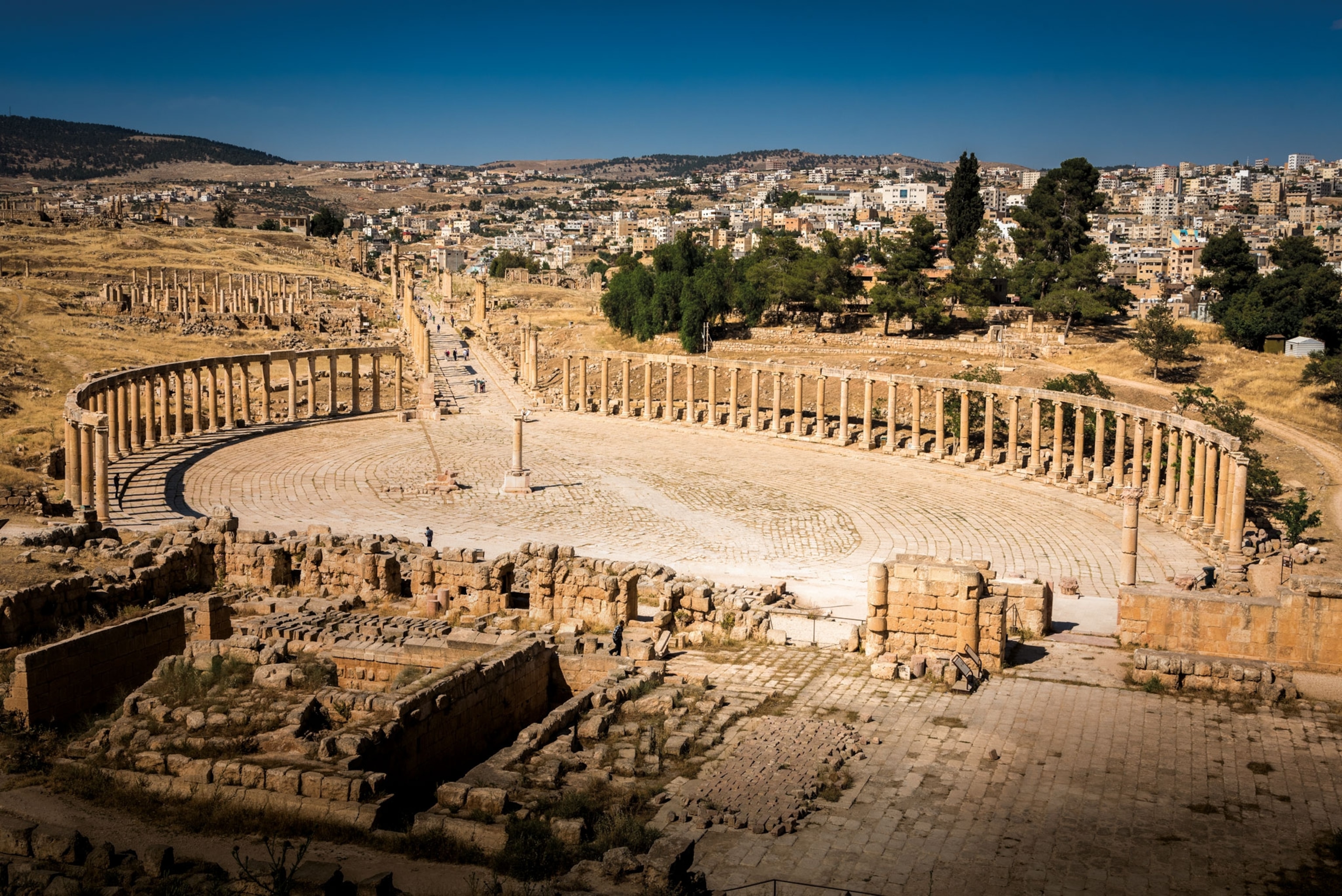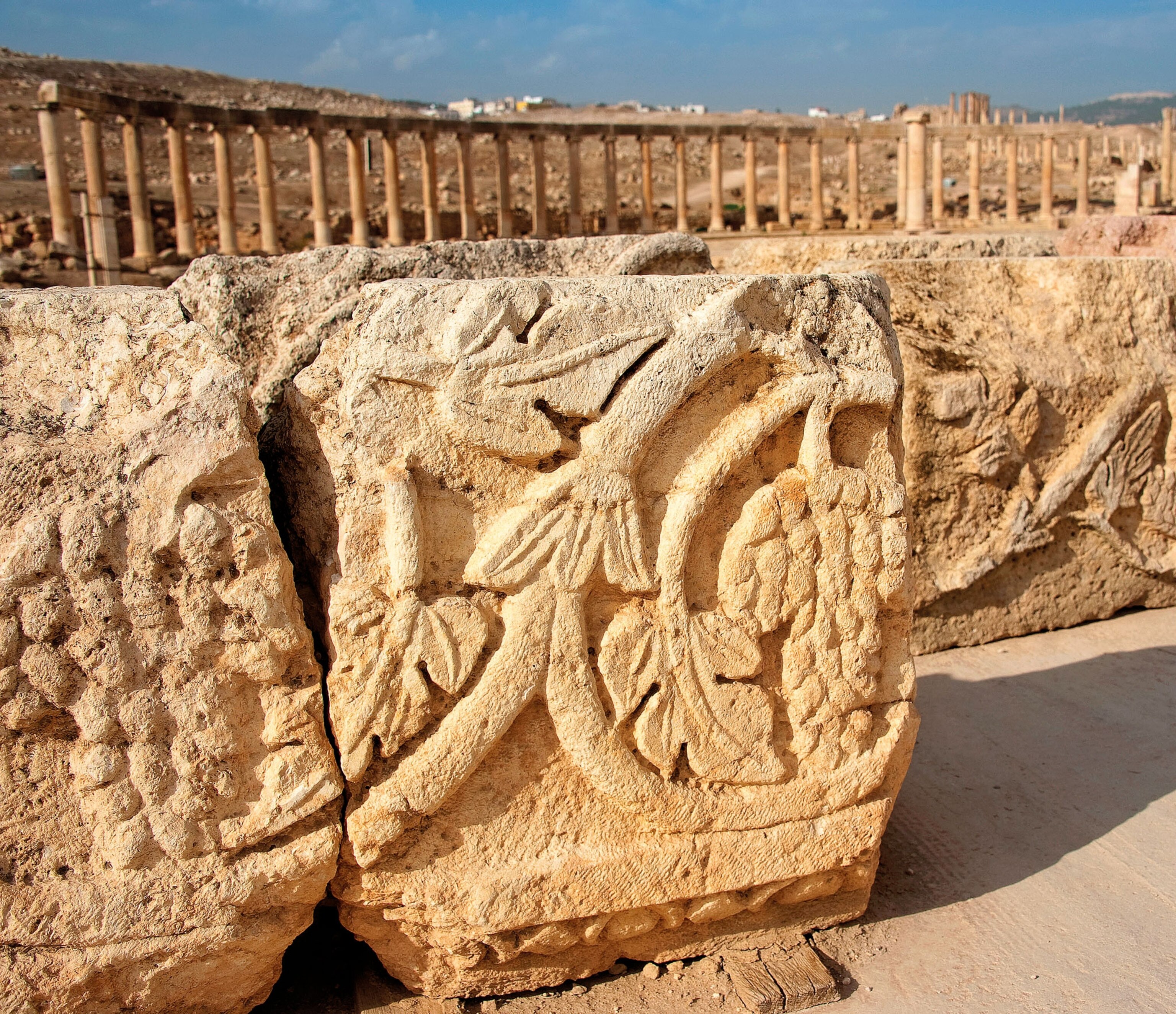
Rome brought pomp and prosperity to this ancient outpost in Jordan
A trading hub with a storied past, Jerash grew wealthy under Roman rule. The city's fantastic monuments still shine today as a beacon of its imperial past.
The Old Testament of the Bible describes the journey of the Israelites to the Promised Land. They needed to cross the kingdom of Edom, a land that straddled modern southern Israel and Jordan. The Israelites pleaded with the Edomites to “go by the King’s Highway until we have passed through your territory” (Num. 21:22).
The existence of the King’s Highway can be traced back to the Bronze Age. This royal route was central to trade in the Middle East, connecting Egypt via the Gulf of Aqaba on the Red Sea all the way north to Damascus. No great empire was centered along this road, but the cities along it grew rich from commerce, as traders bearing grain from Egypt, incense from Yemen, pearls from the Red Sea, and spices from India traveled along the King’s Highway. (See also: 10 ancient highways around the world.)

One of the greatest cities was Jerash, founded as Greek culture was spreading across the region. Enriched by trade, Jerash was shaped by waves of conquerors until it was absorbed by the eastward expansion of Rome. Lying 30 miles north of the Jordanian capital Amman, today Jerash is prized as one of the best preserved of the Roman Decapolis, the 10 Hellenistic cities clustered along the empire’s eastern border (See also: Archaeological sites to see in Jordan.)
Beside the river of gold
According to inscriptions, Jerash, or Gerasa, was named for its first inhabitants: the old soldiers—gerasmenos means elderly people in Greek—of Alexander the Great’s campaigns in the early fourth century B.C. After having fought against the Persians, tradition says these veterans were rewarded with a parcel of fertile land between the Jordan Valley and the desert. (See also: Alexander's Expansion into India.)
Although the site may well have served as a temporary garrison for Alexander, this founding story is unlikely. The original name of the city was not, in fact, Jerash, which is a Semitic name, but rather Antiochia ad Chrysorrhoam, a Greek name that means “Antioch beside the river of gold.” This early settlement was likely founded by the second-century B.C. Seleucid king Antiochus IV Epiphanes.

The Seleucid kings were descended from Alexander the Great’s general Seleucus I Nicator, who seized control of the eastern part of Alexander’s vast empire in 312 B.C. His dynasty spread Greek customs and culture throughout the Middle East in the third and second centuries B.C. The Greek colonists probably merged with the local population who had been living there as early as the Neolithic period. (See also: How suspicion and intrigue eroded Alexander's empire.)
Having carefully chosen this lucrative spot on the King’s Highway, the Seleucids started work on their new city with a flurry of building, dedicating temples to various gods in the Greek pantheon. As well as competing with other Hellenized towns and cities in prestige and trade, Jerash also maintained close ties with them, including Philadelphia (now the Jordanian capital Amman) and Heliopolis (today Baalbek in eastern Lebanon).
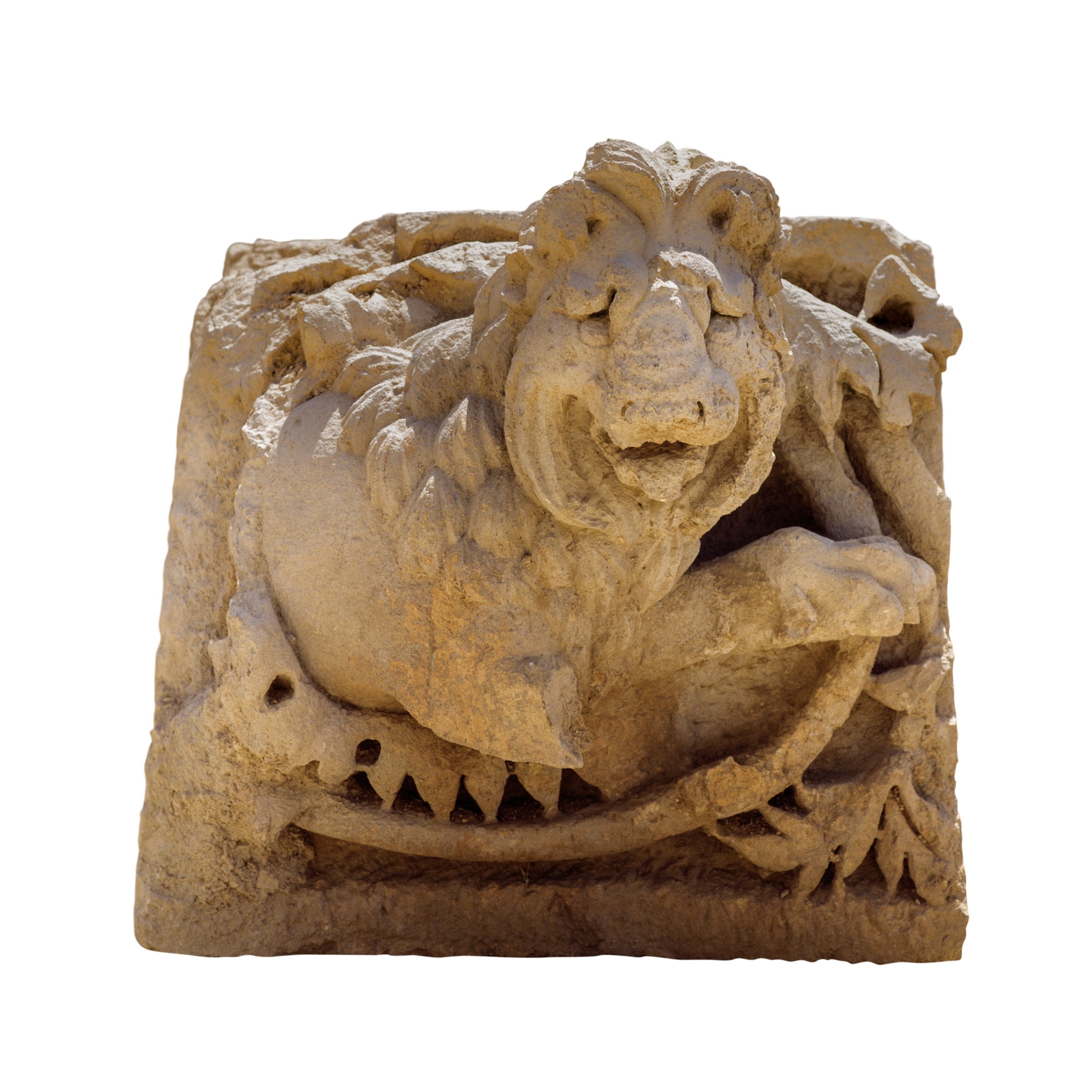
Jerash was a prominent commercial center, and a diverse group of peoples interacted there. Greek colonists and indigenous Aramaeans rubbed shoulders with merchants from Persia, Parthia, and even India. To the south of Jerash lay Petra, the capital of the flourishing Nabataean empire that was minting its own coins at the time the Seleucids were founding Jerash. (See also: Finding the "Lost" City of Petra.)
Nabataean caravans passed through Jerash on the way to Damascus and Palmyra, leaving their own cultural mark on the city. Greek and Semitic names have been found on inscriptions at the site, and underlying the dominant Hellenistic religious rituals, the ancient Semitic gods also had a foothold. Along with Greek, other languages could have been heard on Jerash’s streets, including the indigenous Aramaic language, which would later be the mother tongue of Jesus of Nazareth.
Roman influences
The Seleucid rulers did not have long to leave their mark on Jerash. The rise of the Parthian empire to the east was loosening the grip of Alexander’s successors on the region. In 129 B.C. the Seleucid king Antiochus VII Sidetes was killed in a sudden Parthian attack. Syria was plunged into chaos, and Jerash was briefly ruled by warlords.
As the Seleucids declined, another powerful civilization sought to control Jerash and the trade flowing along the King’s Highway. Alexander Jannaeus, king of the Hasmonaean dynasty of Judaea, took over Jerash in 102 B.C. Controlling what is today modern Israel, the Palestinian territories, and wes ern Jordan, the Hasmonaean ruled the city until 63 B.C.
The Temple of Artemis
That same year, Pompey the Great of Rome vanquished the king of Pontus, Mithridates VI Eupator, who controlled lands in what is now Turkey. The death of Mithridates allowed Rome to gain a strong foothold in the eastern Mediterranean and to expand in the region. (See also: The Triumphs of Julius Caesar.)
In 63 B.C. Pompey annexed the province of Syria, to the north of Jerash. Jerash itself, and its neighboring Hellenistic cities, were singled out by Rome for special treatment as oases of classical culture in a region of Semitic customs. The city was grouped with nine other Hellenistic settlements—including, according to the first-century A.D. Roman writer Pliny the Elder, Scythopolis, Damascus, and Philadelphia. The Romans termed these the Decapolis, a Greek term meaning “10 cities,” which were permitted to function as semi-independent city-states.
Building boom
When Emperor Nero conquered the Nabataean Kingdom in the first century A.D., its capital, Petra, was tied ever closer to the Roman world. The region boomed as a result, and Jerash was an immediate beneficiary as wealth from the Nabataean caravans flowed through the streets.

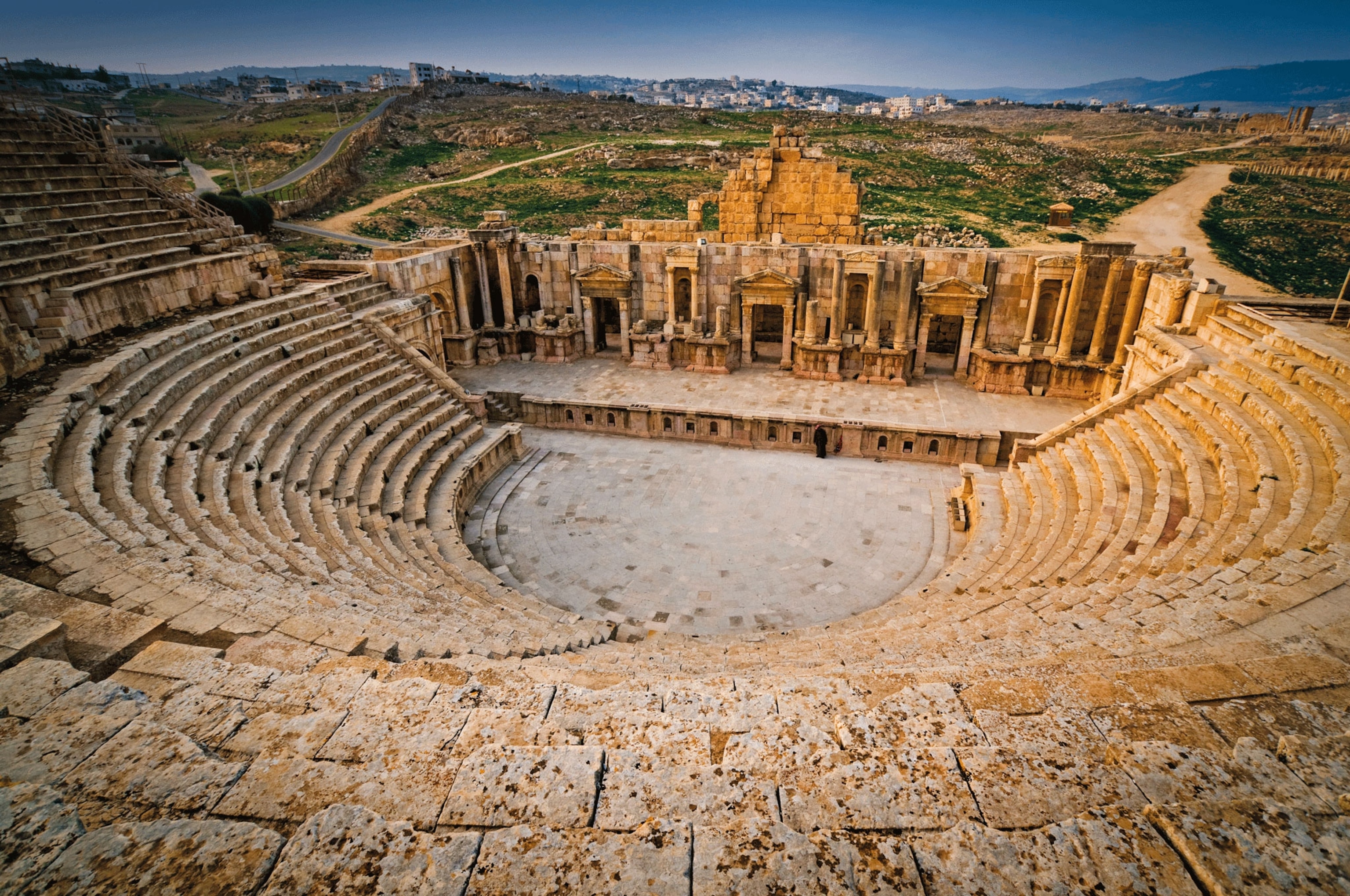
At the beginning of the second century, Emperor Trajan formally incorporated the city, and the Nabataean lands, into the new province of Arabia Petraea. Swathes of roadways were paved, including the old King’s Highway—from then known as the Via Nova Traiana (Trajan’s New Road)—which brought the wealth of the east flooding up to Jerash through Aqaba.
Jerash used its wealth to build a huge Temple of Artemis in the mid-second century. Its grandeur, together with its Oval Plaza, South Theater, and arch dedicated to Emperor Hadrian, still amazes visitors today. Although Rome’s wider economic crisis in the third century disrupted its lucrative trade flow, Jerash’s ability to adapt ensured it underwent a second flush of prosperity when it fell under the aegis of the Byzantine Empire in the fourth century.
The Oval Forum
An earthquake destroyed much of the city in 749, but the ruins were located in 1806 by German explorer Ulrich Jasper Seetzen. Today Jerash is considered to be among the best preserved of all Roman ruins in the Middle East; the city’s remains are prized by UNESCO as an “ancient meeting place of East and West.”



